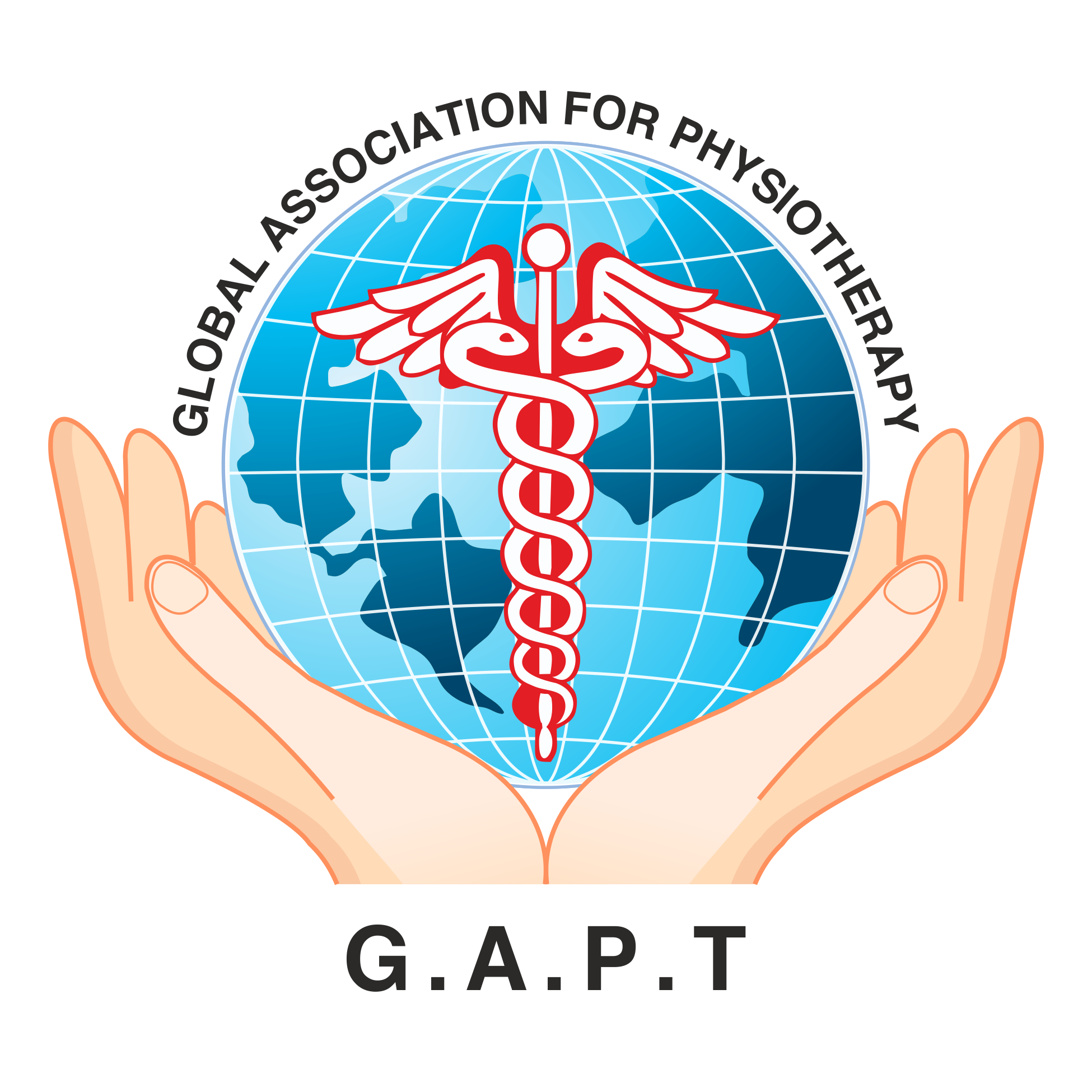Osteoporosis is the disease that is most likely to cause weak bones. It is more common in older people, especially women.
There are multiple reasons why women are more likely to get osteoporosis than men:
Women tend to have smaller, thinner bones than men.
Estrogen, a hormone in women that protects bones, decreases sharply when women reach menopause, which can cause bone loss.
Menopause: A Time for Action.When a woman reaches menopause, her estrogen levels drop and can lead to bone loss. For some women, this bone loss is rapid and severe.
Two major factors that affect your chance of getting osteoporosis are:
The amount of bone you have when you reach menopause.
How fast you lose bone after you reach menopause.
Expecting Women:
If you are pregnant or breastfeeding, be sure to get enough calcium and vitamin D. Calcium and vitamin D are good for you and for your baby’s growing bones. If you don’t get enough of these nutrients, your baby’s calcium needs will be met by taking calcium from your bones.
Pregnancy-associated osteoporosis:
Some women develop a temporary type of osteoporosis during pregnancy. While we do not fully understand what causes this type of osteoporosis, it is extremely rare and usually goes away shortly after a woman gives birth.
Breast feeding:
Like pregnancy, breastfeeding may cause some temporary bone loss. However, bone density appears to recover over time and should not cause long-term harm to a woman’s bone health. All women who are pregnant or nursing need to get enough calcium, vitamin D and appropriate exercise to keep their bones healthy.
My Ladies the recipe for bone health is simple:
Get enough calcium and vitamin D, and eat a well balanced diet.
Don’t smoke or drink
Exercise: There are two types of osteoporosis exercises that are important for building and maintaining bone density: weight-bearing and muscle-strengthening exercises.
Weight-bearing Exercises
These exercises include activities that make you move against gravity while staying upright. Weight-bearing exercises can be high-impact or low-impact.
High-impact weight-bearing exercises help build bones and keep them strong. If you have broken a bone due to osteoporosis or are at risk of breaking a bone, you may need to avoid high-impact exercises.
Example: Dancing, Doing high-impact aerobics, Hiking, Jogging/running, Jumping Rope, Stair climbing, Tennis
Low-impact weight-bearing exercises can also help keep bones strong and are a safe alternative if you cannot do high-impact exercises.
Example: Using elliptical training machines, Doing low-impact aerobics, Using stair-step machines, Fast walking on a treadmill or outside, Muscle-Strengthening Exercises,
Lifting weights, Using elastic exercise bands, Using weight machines, Lifting your own body weight, Functional movements, such as standing and rising up on your toes.
Dr.Tripti Shahi(PT)
President , Women’s Wing
Uttar Pradesh
Global Association for Physiotherapy






